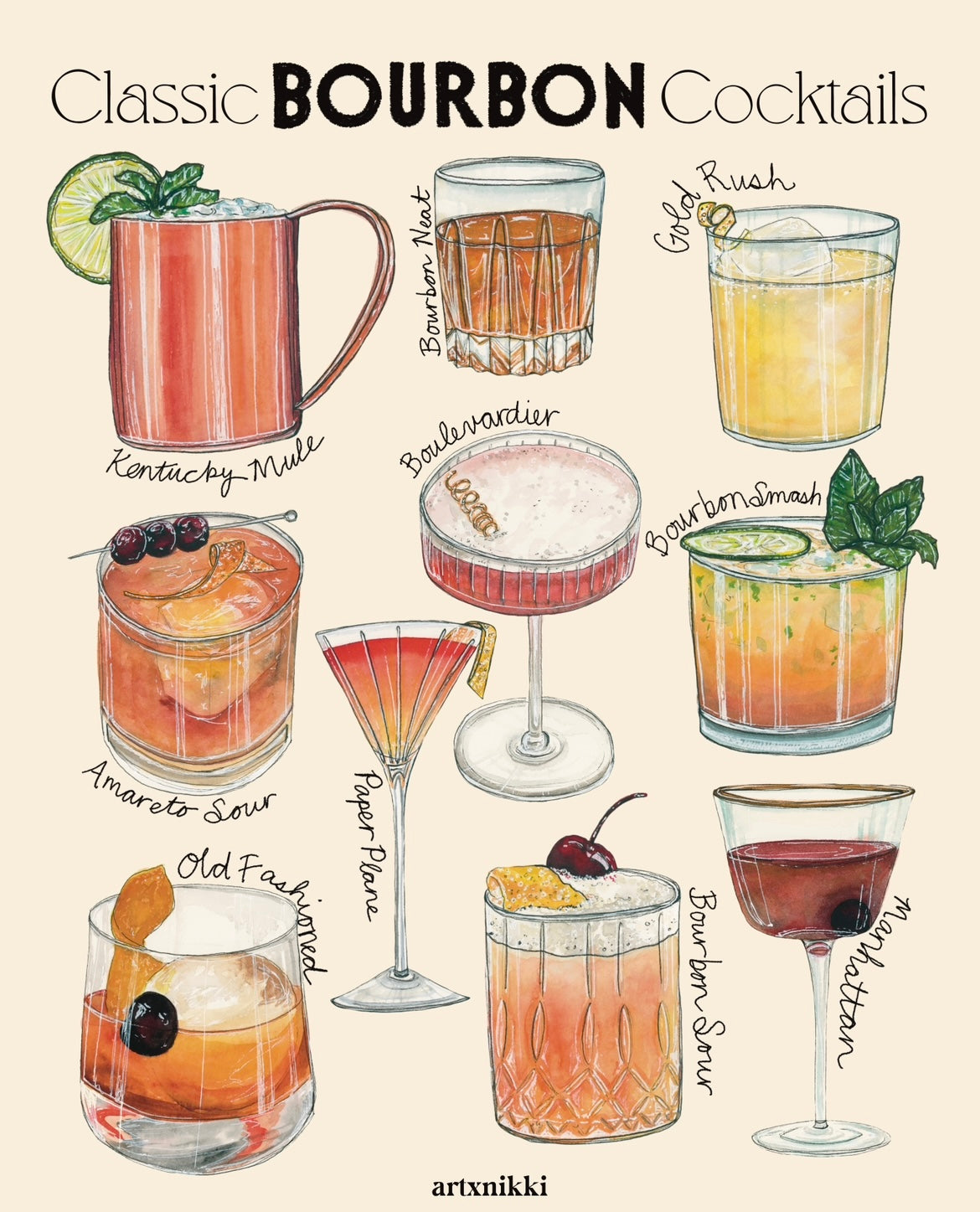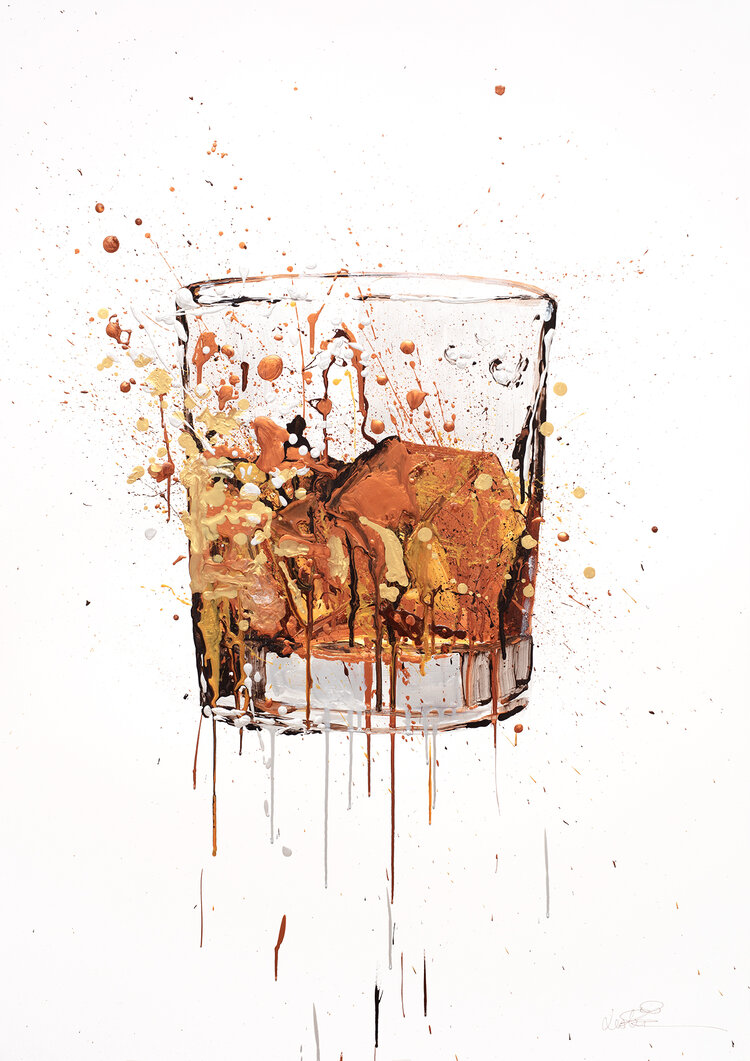The Importance of Whiskey Art in Celebrating Heritage and Craftsmanship in the Beverage Sector
The elaborate relationship in between scotch art and the celebration of heritage and workmanship within the drink industry can not be overemphasized. Via attentively created labels and containers, bourbon brands encapsulate their historic origins and the artisanal skills that specify their production approaches.
The Historic Roots of Whiskey
At the heart of scotch's allure exists a rich tapestry of historic roots that map back to ancient human beings. The origins of bourbon can be linked to the purification practices of the Sumerians and Babylonians around 2000 BCE, where very early kinds of fermented grain drinks began to arise. It was in the Center Ages that the art of distillation progressed dramatically, particularly in Ireland and Scotland, leading to the production of whiskey as we understand it today.
The term "bourbon" itself obtains from the Gaelic word "uisce beatha," meaning "water of life." This phrase emphasizes the cultural relevance of bourbon in Celtic societies, where it was usually connected with rituals, parties, and communal bonding. By the 15th century, distillation ended up being a recognized craft within monastic areas, leading the way for the establishment of lawful distilleries.
As profession routes broadened, scotch's appeal grew, going beyond local limits and recording the passion of connoisseurs worldwide. Limited Edition. This historical journey shows not just the workmanship behind bourbon manufacturing but also its essential function in social and social contexts, marking it as a considerable beverage throughout history
Artistic Expression in Branding
Scotch branding stands as an engaging intersection of artistry and commerce, where aesthetic identity plays an important function in forming consumer perception. The appearances of whiskey tags, packaging, and marketing materials mirror not just the brand's story however likewise its core values and heritage. Through artistic expression, distilleries convey a story that reverberates with consumers, evoking feelings and stimulating connections.
Using shade, typography, and imagery in branding offers to set apart products in a saturated market. Conventional concepts may stimulate a sense of credibility and craftsmanship, while modern-day designs can indicate advancement and forward-thinking. This tactical imaginative direction boosts brand acknowledgment and loyalty, permitting consumers to build a personal partnership with the scotch they choose.
Additionally, artistic expression in branding usually works as a celebration of local heritage. Distilleries frequently integrate local signs or historical recommendations right into their designs, producing a local color that invites customers to partake in a wider social experience. Ultimately, the creativity behind bourbon branding not only improves aesthetic allure but likewise improves the total story of the brand, fostering a much deeper admiration for the workmanship and heritage embedded in each bottle.
Craftsmanship in Container Layout
The virtuosity evident in scotch branding prolongs past aesthetic identification to incorporate the workmanship involved in bottle style. Each container offers as a vessel not simply for the spirit within, yet additionally for the tale it outlines its practice, origin, and quality. The design process needs careful focus to information, as components such as product, closure, and form add dramatically to the overall understanding of the scotch.
Workmanship in container layout entails picking premium glass that can boost the bourbon's shade and clarity, while likewise offering a tactile experience for the consumer. The shape of the bottle need to be both cosmetically attractive and useful, typically reflecting the heritage of the brand. Many distilleries choose special shapes or printed logos that evoke a feeling of authenticity and background.
In addition, the tag style and typography play a critical function in communicating the brand name's narrative. Realism Art. A well-crafted container not only astounds the consumer's eye yet likewise enhances the brand's dedication to high quality and practice. In this method, the craftsmanship of bottle layout ends up being a vital element of the bourbon experience, merging virtuosity with a profound regard for heritage
Cultural Value of Whiskey Art
Commemorating tradition and craftsmanship, the social relevance of bourbon art transcends plain appearances, intertwining with the historical and social narratives of the areas from which it comes from. Each container works as a canvas, illustrating the unique tales, mythology, and traditions that have formed neighborhood whiskey-making methods. The detailed designs usually reflect the heritage of the distillers, including symbols and themes that reverberate with the culture and worths of their communities.

Furthermore, whiskey art plays an essential role in public gatherings and events, functioning as a concrete web link in between people and their shared experiences. By valuing the artistry in scotch product packaging, consumers grow a much deeper understanding and respect for the craft, eventually improving their enjoyment of the drink itself.
Modern Trends in Bourbon Presentation
Recently, the discussion of whiskey has actually advanced click for source to reflect contemporary preferences and fads while still honoring standard workmanship - Whiskey Art. Distilleries are progressively concentrating on aesthetic aspects that improve the total drinking experience, bridging the space in between heritage and modernity
Cutting-edge container designs have emerged, commonly incorporating sustainable materials and creative tags that inform engaging tales. Lots of brand names now collaborate with local artists, instilling their items with unique visual expressions that reverberate with consumers. Additionally, limited-edition launches are often packaged in collectible containers, including worth and allure for connoisseurs.

Conclusion
In conclusion, whiskey art offers as a vital avenue for sharing the heritage and workmanship integral in the drink market. With elaborate branding, ingenious bottle designs, and culturally substantial imaginative components, scotch brands efficiently honor their practices and attach with customers.


Craftsmanship in bottle layout includes choosing premium glass that can enhance the bourbon's shade and clearness, while also giving a responsive experience for the customer. In this way, the craftsmanship of container style becomes an essential facet of the scotch experience, merging virtuosity with an extensive respect for heritage.
In verdict, scotch art serves as an essential channel for expressing the heritage and workmanship intrinsic in the beverage sector.